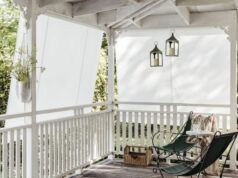
The main purpose of passive design is to reduce the need for artificial heating and cooling – which often requires a lot of energy. Find out more about climate control measures for passively designed houses.
Climate control is at the very core of passive design – and ideally, your home should provide a comfortable, healthy environment in which to live. Striking a balance between a tight building envelope, naturally cool temperatures in summer and warmth in winter, good air quality, natural light and the many other variables that will affect your indoor environment can be quite a challenge.
Learn more about what needs to be taken into account if you’re hoping to passively heat and cool your home.





